Re-Building the Horror: Robert Eggers
A small filmography did not prevent Robert Eggers from becoming one of the pioneers of the new wave of horror. Why? Let's find out in our new blog. Warning: material may contain spoilers.


In recent years, all we hear about is the "new wave" of horror films - intelligent, arty, unconventional films that contrast themselves with the silly "horror movies" of the past. Among them, of course, are "The Witch: A New-England Folktale" and "The Lighthouse", which, together with other representatives of mid-2010s horror films, formed a new current in the genre and led it to a new level. The role of Robert Eggers in this process cannot be underestimated, because it was with his debut - "The Witch" - the term post-horror came into use. Today Filmustage will try to find out how and why Robert Eggers is one of the most ambitious young directors in Hollywood.
Disclaimer: our blog has no academic purpose behind it, because we are viewers just like you. Filmustage does not aim to educate, but to gather a close-knit film community around us. We can be wrong about certain statements - and that is fine. We are open to discussion and criticism. The main thing is to love cinema and talk about it.
Before we continue, we want to remind you that here we promote the love of art and try to inspire you to take your camera and make a short film. The real horror is manual breakdown, so leave the boring pre-production routine to the Filmustage - automatic script breakdown - and let the scary part happen only on the screen!
Also after a long time of hard work we are happy to announce the beta-testing of the new Custom categories feature in the Filmustage software. Be one of the first to test the new functionality - click here for more detailed information.
Art by @nadi_bulochka
The Uncanny Horror
In 2015, "The Witch" came out and proved to be an incredible success for Robert Eggers. It was with "The Witch" that the term elevated horror became massively widespread.
The most important aspect of Eggers' directorial approach is not to distract the viewer, but to tell a story. This is why his films seem very slow and meditative compared to the typical horror films of the 2000s. It's as if "nothing happens" in them: the whole film follows the lives of the colonists in 17th century America, their unsuccessful attempts to find the missing child and somehow mend the relationship in a dysfunctional family. The threat all the time is somewhere on the periphery of the frame, not showing full growth.
Turn your vision into cinematic reality!
Filmustage automates script breakdowns and pre-production planning, so you can focus on storytelling — just like the horror masters.
Nevertheless, it is the slowly unfolding plot that emphasizes the spectacular finale. This is the conceptuality of Eggers' style: he eschews traditional tools like screamers and creepy monsters. Eggers is much more interested in exploring the inner transformations of the characters through the relationships between people and psychology. That's why in his films, and especially in "The Lighthouse", the director spends a lot of time on everyday conversations, grudges, and misunderstandings - which eventually lead to an abrupt finale.
"Robert Eggers' astonishing directorial debut is the kind of horror that favors creeping dread over cheap jump scares", - Chris Hewitts' review on "The Witch," The Empire
Exercising the conventional methods of old-school horror, Eggers creates films whose central aspect is isolation. The director not only plunges the characters into a dark world of their own thoughts and traumas but also reflects the isolation in visual language. In this sense, Robert Eggers was greatly helped by his experience as a production designer: after a religious split, the family of the main character is forced to leave the community, whereupon they settle in a hovel surrounded by forests. In terms of visual language, the director already clarifies the family’s situation: they are isolated from the rest of the world by nature, which in Eggers' world is nothing but a symbolic representation of the supernatural.
The cinematographer and director of "The Witch" composed the shots so that the characters are smaller in the frame compared to the trees, and together with the 1:66:1 aspect ratio, they managed to achieve the classic timeless frame size. In this way, Eggers and Jarin Blaschke (the cinematographer of "The Witch") managed not only to achieve an old-school bow, but also to preserve the vertical perspective of the frame, emphasizing the forest looming over the characters as a symbol of a higher power.
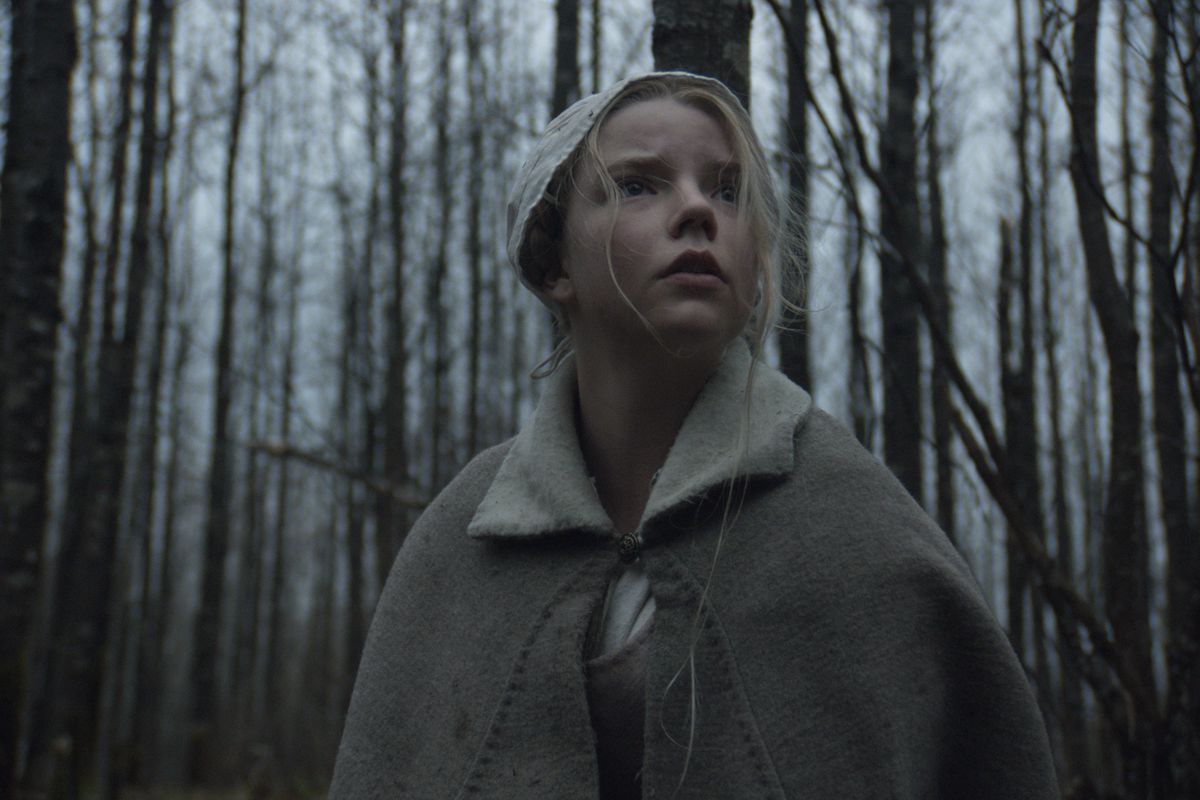
Eggers decided on principle to shoot daytime scenes on overcast days to create a gloomy feel. While in doors scenes were filmed only using candles as a source of light. It is this naturalism and drama of the final image that makes the viewer feel the genuine horror of Eggers' films: we are scared because it seems like nothing is happening.

Precisely the same pattern can be found in "The Lighthouse", where two men find themselves trapped in a land surrounded by a raging sea.
This time the story consisted of only two characters. We've mentioned more than once that isolation is extremely important to Eggers' post-horror stories. Still, "The Lighthouse" was intended to be even more confined, as it tells the story of becoming insane within just two people. "You can't get much more contained than a lighthouse," - Jarin Blaschke said in an interview for MUSICBED.
Accordingly, Eggers chose the path he wanted to take back at "The Witch" - to shoot on film. However the budget didn't allow him to do that, and the young director made his debut on a digital camera. Robert Eggers managed to realize his plans as never before in "The Lighthouse", using Kodak's Eastman Double-X black-and-white 5222 35mm film with a Panavision Millennium XL2 and 1930s-'40s Baltar lenses. And the chosen 4:3 aspect ratio only emphasizes the abstraction of black-and-white film and allows the viewer to be immersed in another world.
Thus, we can formulate the following directorial techniques of Robert Eggers: first, he uses isolation as the main tool of horror. The enclosed space in which the characters function is not only emphasized on an emotional and psychological level (the religious schism in "The Witch" and the all-encompassing madness in "The Lighthouse"), but also on the visual, which, in turn, is often a major element of suspense. Secondly, Robert Eggers is a very hands-on director, carefully considering each film, and finding an approach to create a unique language: he experiments with the forms in which he frames his work. Nevertheless, what does the new wave of Robert Eggers horror films include?
The Inner Side of Robert Eggers' Films
Obviously, in order to portray the 17th century as well as the late 1800's you have to create a dense time atmosphere on screen with all its trappings. In order to create an atmosphere, especially a folklore one, you need to understand the setting and the historical context, which Robert Eggers has no problem with.
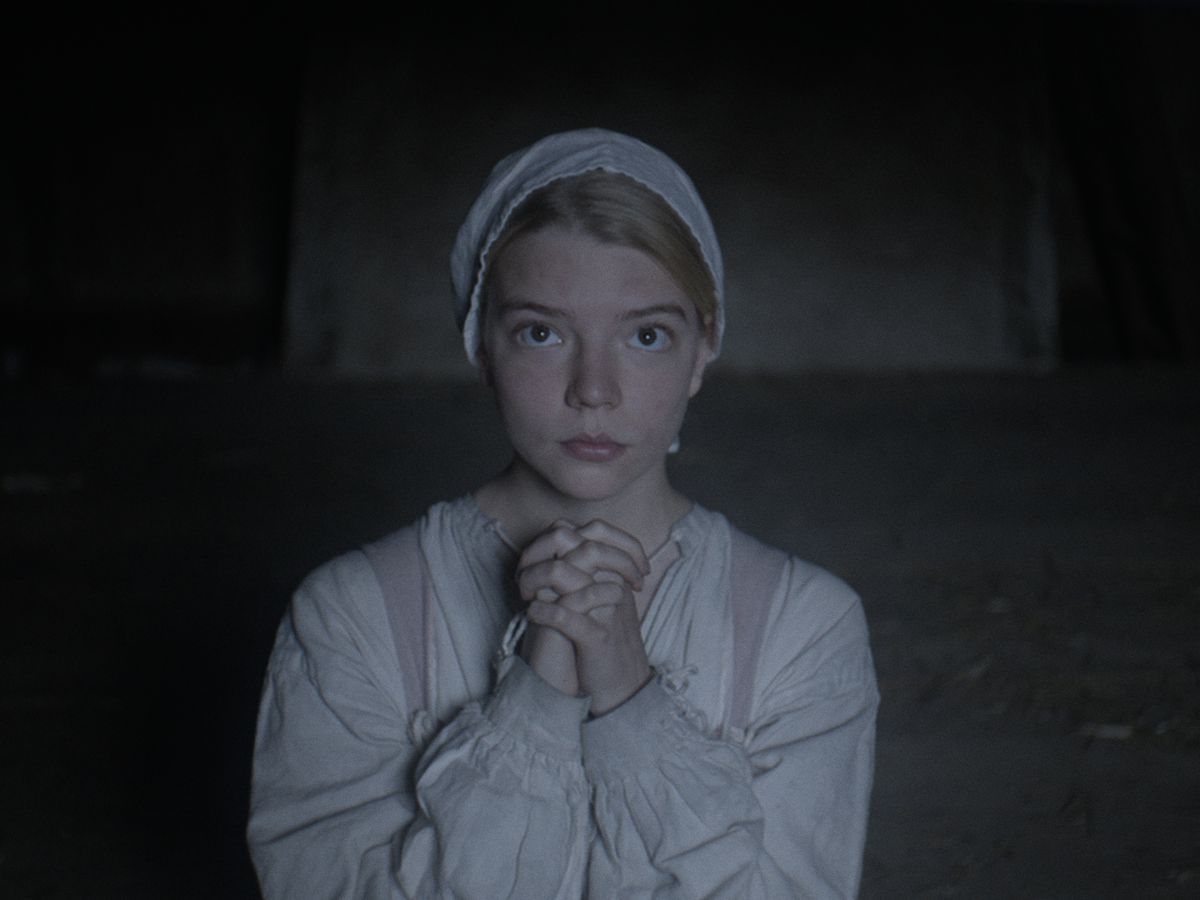
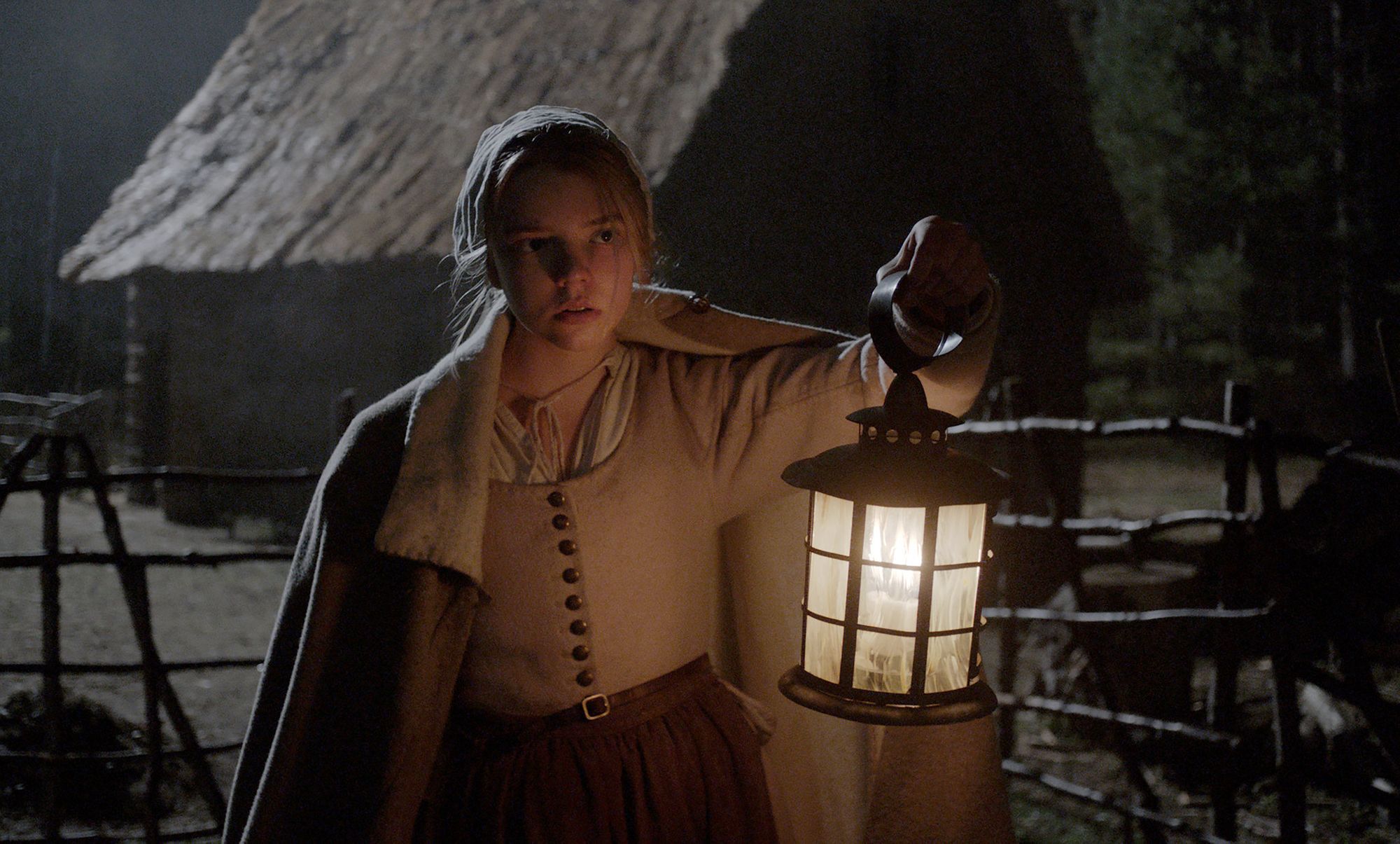
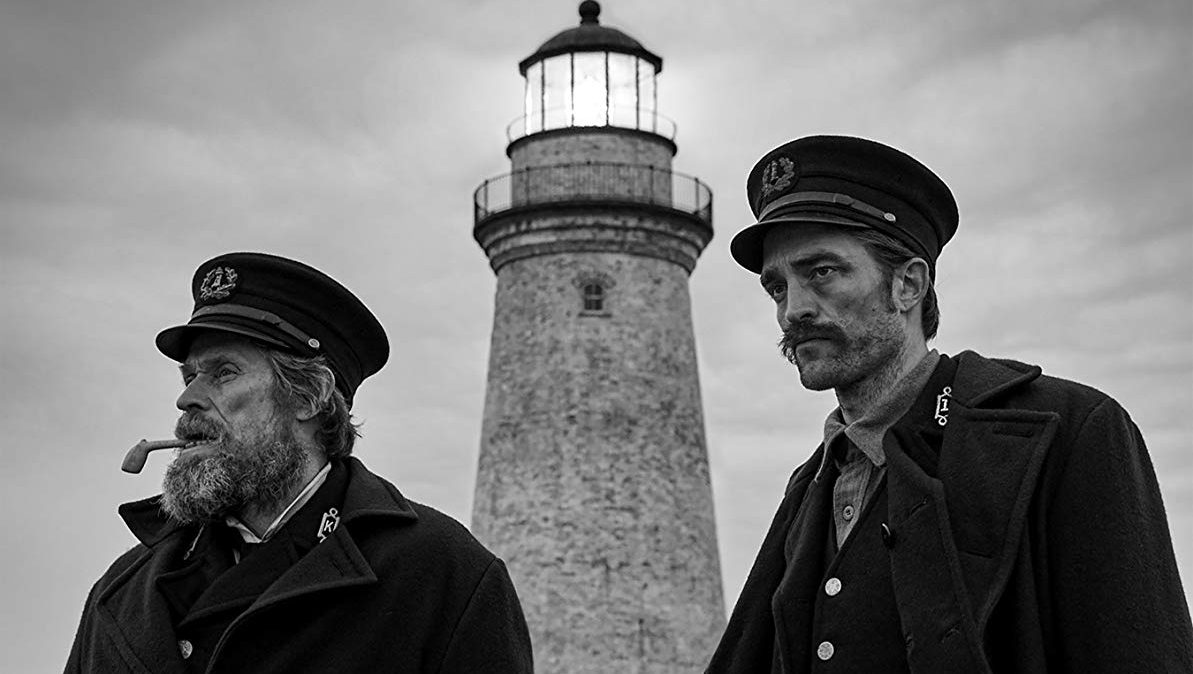
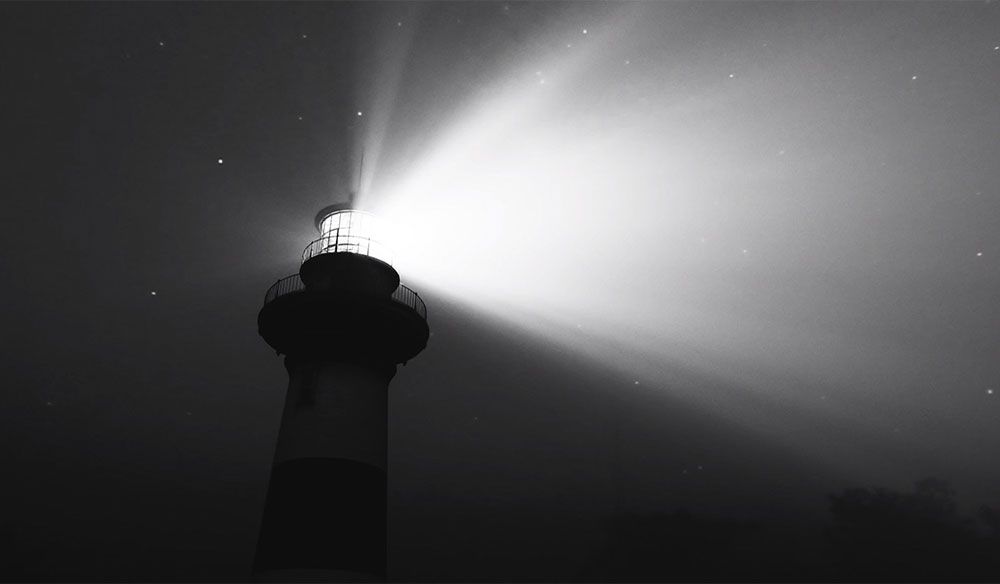
Shots from "The Witch" & "The Lighthouse"
The director obsessively researches and immerses himself in literature, journals, and newspaper clippings to understand the era. Eggers studies dialects and handwritten materials that belong to real people of the time in order to feel and, most importantly, to let the stories flow through him. Thanks to this meticulous preparation, Eggers is able to saturate the viewer with an enormous amount of detail (from everyday life to smells and the slightest sounds), which forms the necessary atmosphere.
Perhaps the key characteristic of Robert Eggers is his desire to authentically represent all aspects of time, even those that we regard as supernatural.
This scene epitomizes Eggers' approach: illustrate everything as realistic as possible, even the supernatural - and then the film will be much scarier at the expense of atmosphere rather than screamers.
At the heart of Robert Eggers' films is folklore, stories that have no specific author but have been passed down by word of mouth for generations. In these stories, the main characters remain ordinary people (not aristocrats, as in fairy tales), so their main feature remains the motif of a higher power, which ordinary people cannot understand.
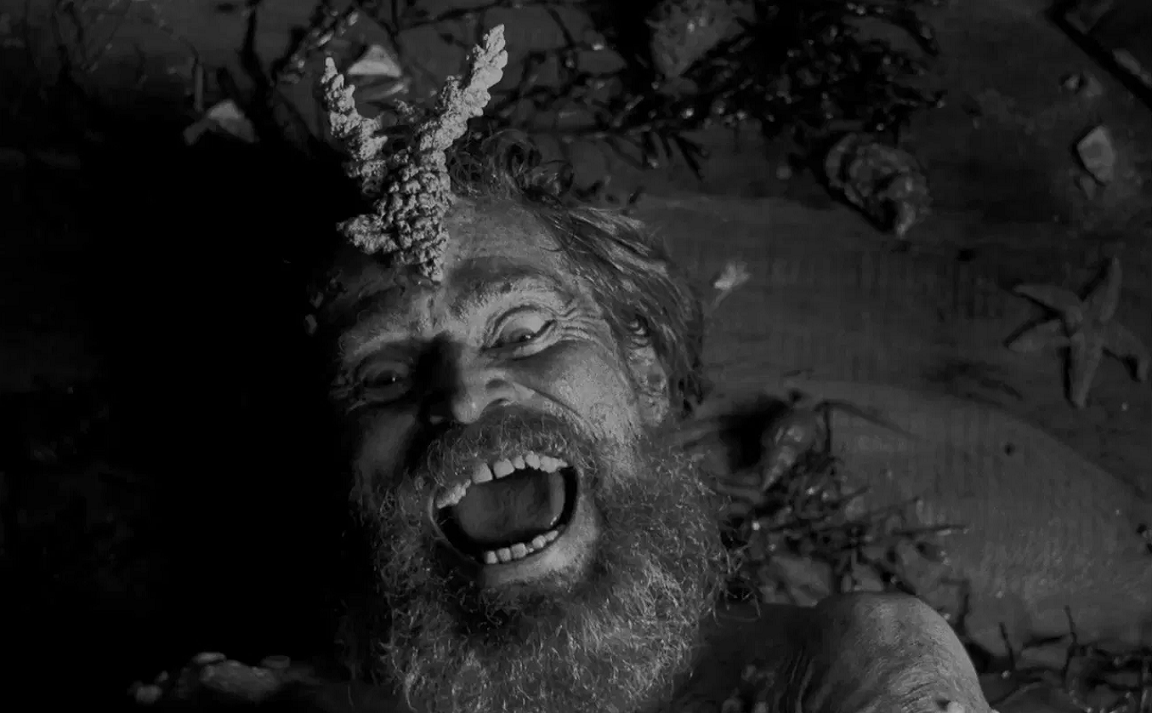
Shot from "The Lighthouse"
Folklore does not use magic as a key - on the contrary, the supernatural always remains unexplored, and the man with his dilemmas and search for answers comes to the fore. This is why Robert Eggers' cinematography refers back to the era of religious schism when people sought an answer and salvation in faith. In “The Witch,” the devil is the obvious antagonist, yet the supernatural forces of evil are symbolically expressed in the natural power of the forests surrounding the characters. Eggers focuses specifically on the Puritan peasant family who desperately seek protection from God, but in the end, only Thomasin survives.
It's exactly the same principle in “The Lighthouse”: two men stranded on an island and desperately clinging to superstition lest they anger the raging sea. That's how, cut off from the world and trapped in fear of mighty nature, the protagonists develop insanity amidst the cabin fever.
"To be able to bring folklore to the life you have to go back to the mindset of the time. The struggles, the coping mechanisms, the beliefs and, especially for horror, the fears," - How to Bring Folklore to Life by Screened
Afterword
Robert Eggers was able to make a grand debut and from the very first work formed his unique language, blending horror and folklore narrative. “The Witch” & “The Lighthouse” don’t stoop to preconceived screamers, but induces genuine horror with their authentic atmosphere and metaphorical images of human struggle against supernatural forces, and thus against fear. In connection with our topic today, we highly recommend that you watch the video from Screened in its entirety, as in it the authors address the relationship of folklore to the cinema in a very comprehensive way.
Thank you for being with us today. We wish you a great evening watching Robert Eggers’s films. We guarantee you won't regret it, this director will make you fall in love with horror movies.
From Breakdown to Budget in Clicks
Save time, cut costs, and let Filmustage’s AI handle the heavy lifting — all in a single day.